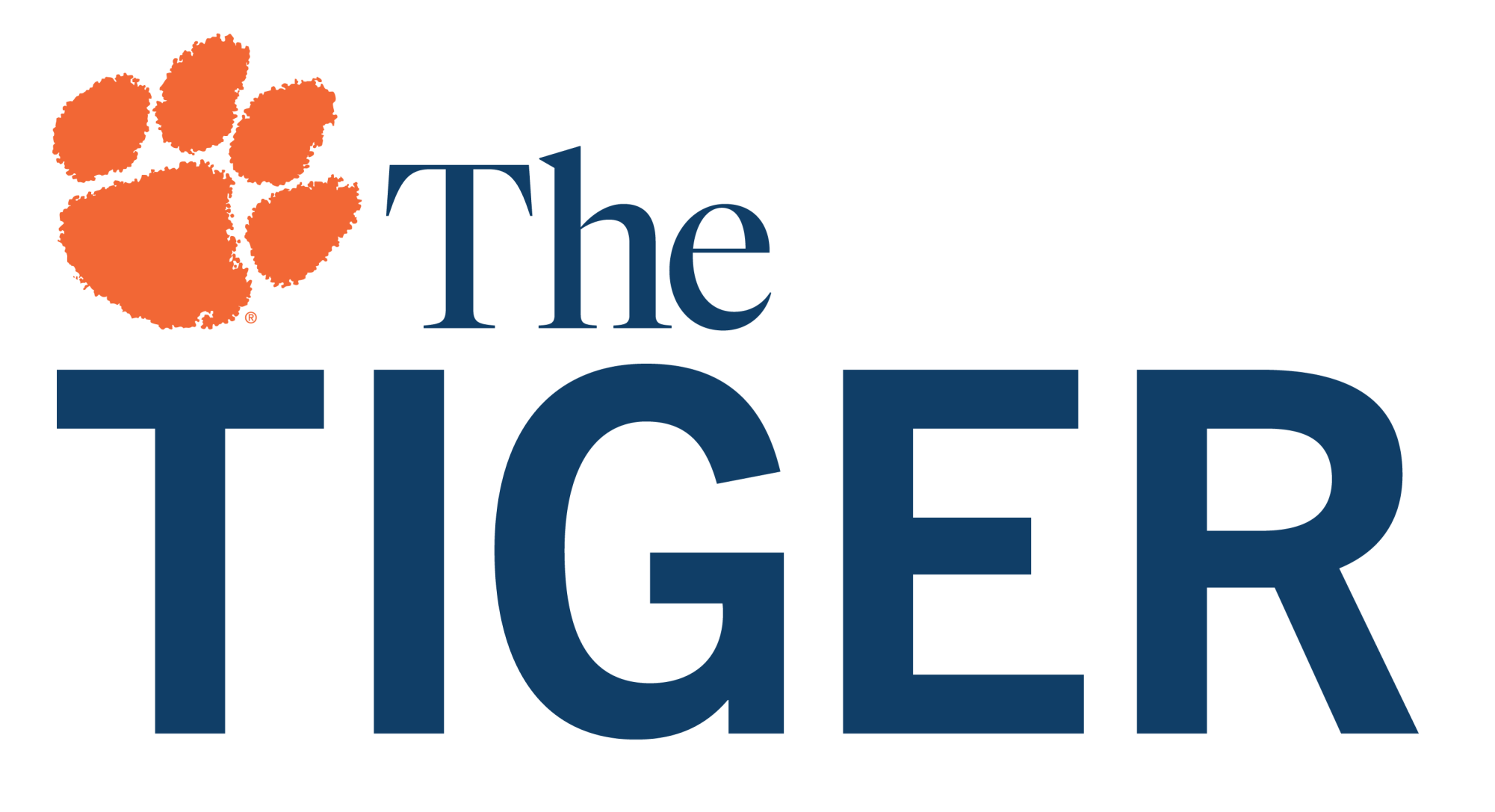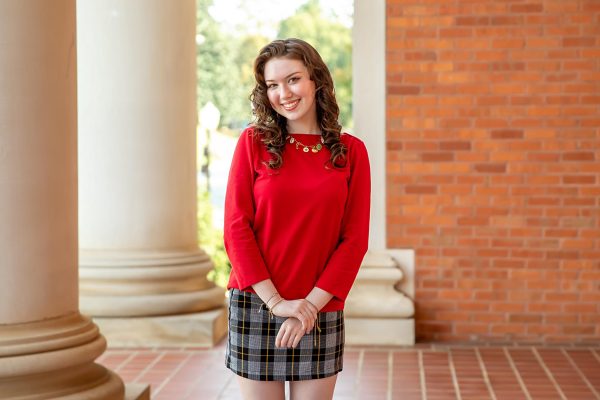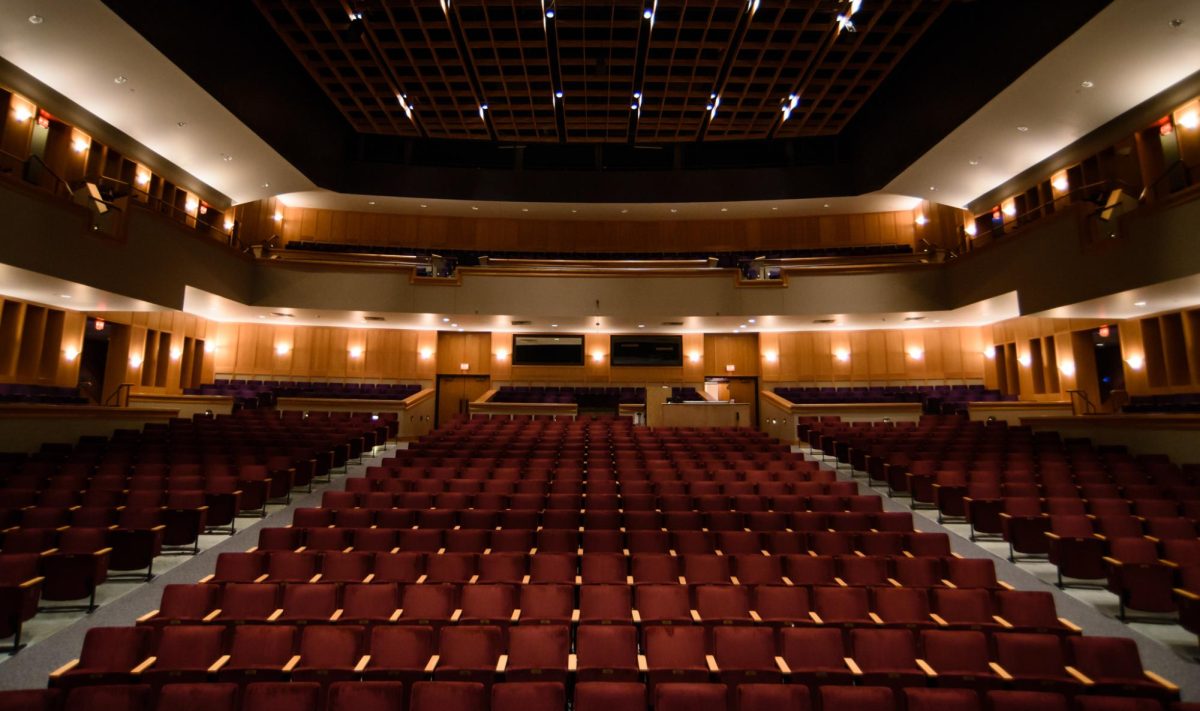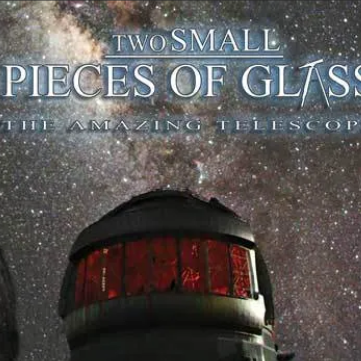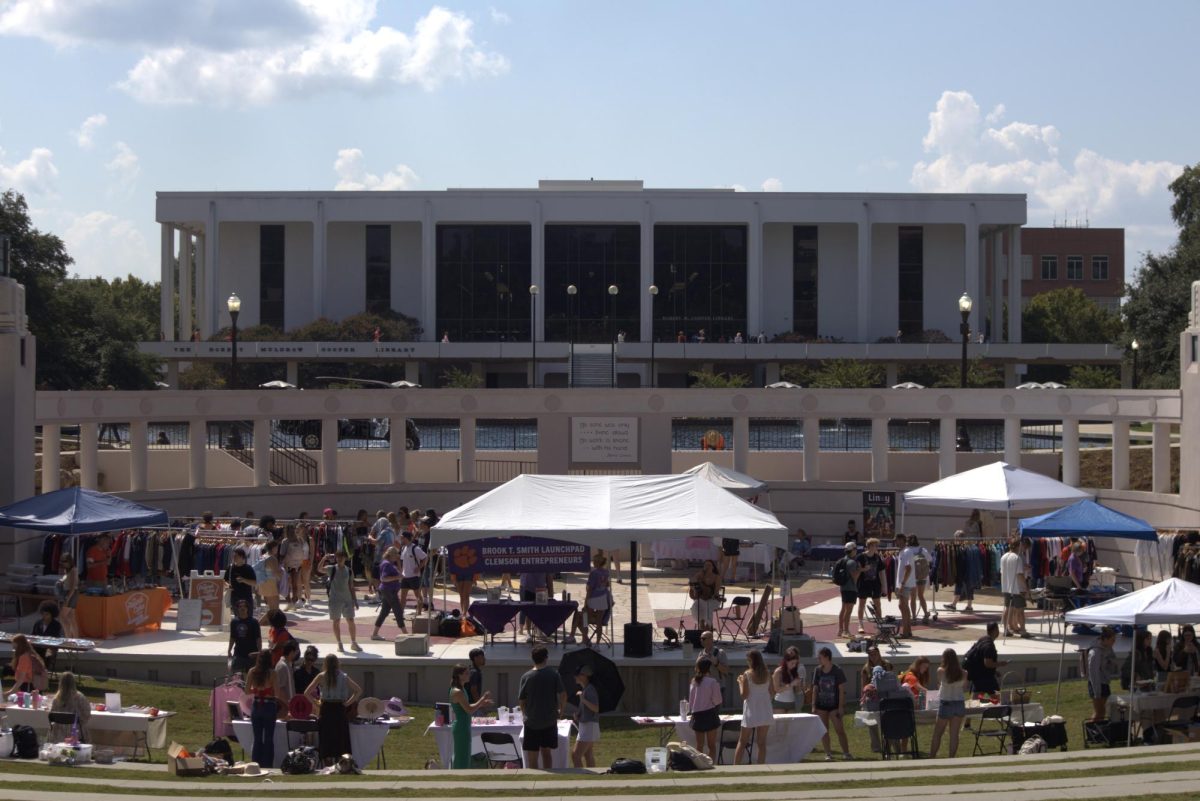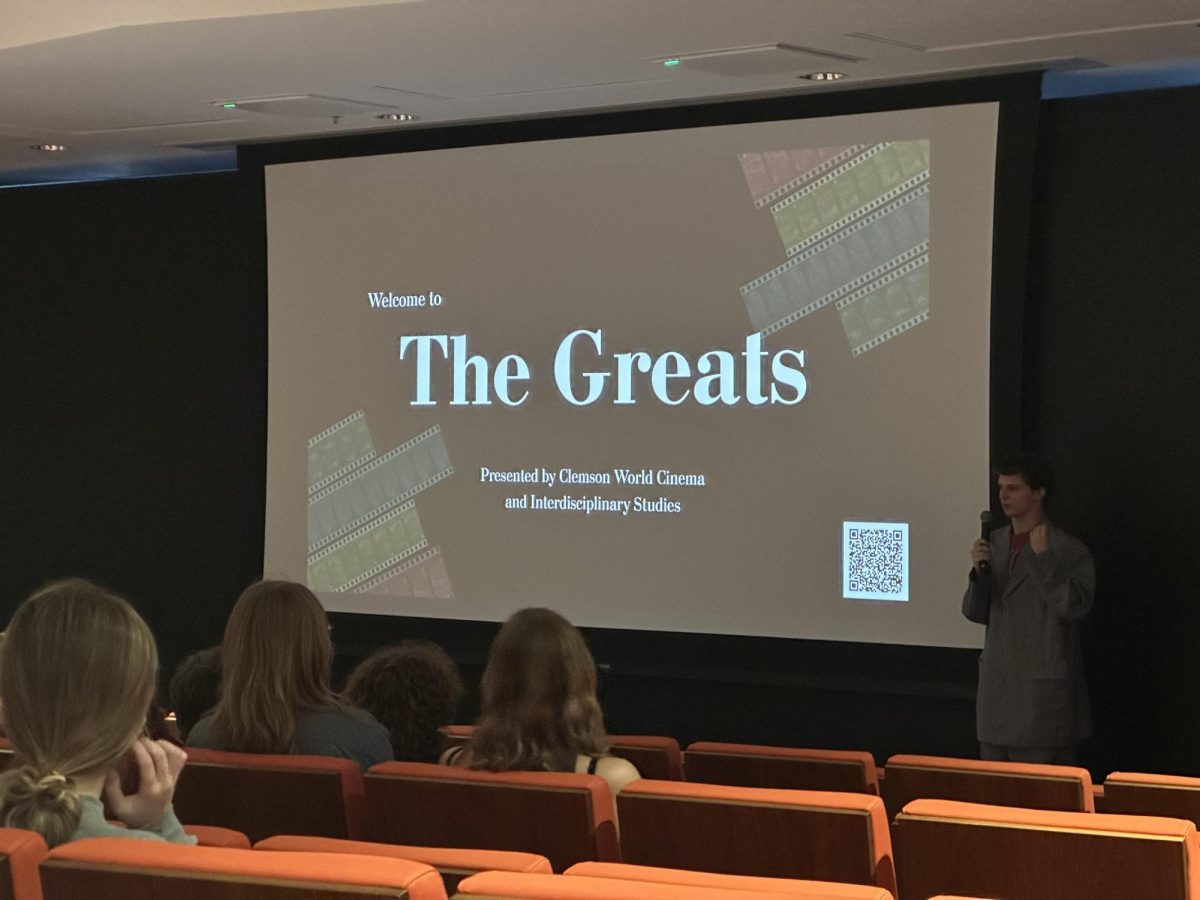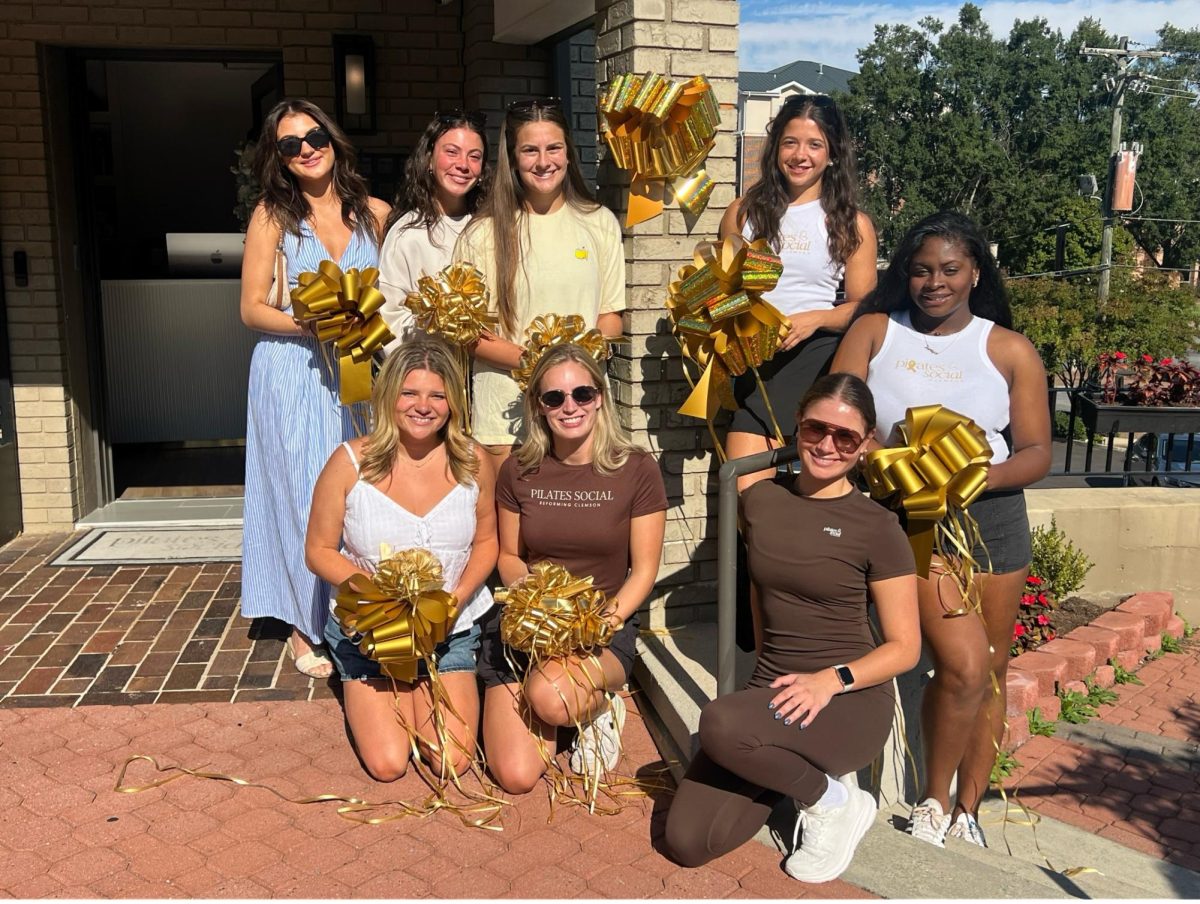Clemson University’s Jazz Ensemble and Department of Physics and Astronomy partnered together to perform a space-themed fall concert, putting a musical spin on planetary science, on Nov. 21.
As guests entered the auditorium of the Brooks Center for the Performing Arts, the Physics and Astronomy departments held demonstrations of astrophysics in the form of fun scientific activities for attendees to participate in. These scientific arrangements set the tone for the musical performance, allowing the audience to enter into a cosmic state of mind.
Before introducing the setlist, Associate Director of Bands Timothy Hurlburt mentioned that the Mar’s rocks on one of the Astronomy displays were two of “only 224 on the planet,” prompting an outburst of wonder from the audience.
The jazz ensemble, sporting pairs of matching purple and orange Converse, began with “City of Roswell,” a song written by Adam Knight. The students playing the drums, piano and cello sported pointed tin foil hats to evoke the extraterrestrial theme of the event.
Hurlburt formally introduced the ensemble as The Jungaleers and explained that the outer space adjacent performance was complemented by real celestial images, sourced from NASA, on the projector screen behind the ensemble. In the beginning, however, the graphics were mainly faux alien pictures to keep the introductory mood light and fun.
After a count of three from Hurlburt, The Jungaleers proceeded with “I’ve Got Algorithm,” an upbeat piece with several saxophone solos composed by Steven Feifke. Director Hurlburt continued describing the background images for the second and third songs, noting that they were taken using infrared telescopes.
“There are no colors on the camera,” Hurlburt explained, “so there are people who dissect the probable make-up of the extraterrestrial photographs,” assembling the images from the infrared radiation.
As the Jungaleers played their third song, Gustav Holst’s famous “Venus, Bringer of Peace,” they fully embraced the spacey theme using intense purple stage lighting paired with various white spotlights surrounding the ensemble.
During the brief intermission, Clemson Band’s faculty jazz quartet played 3 songs enriched with funky keyboard solos, background drums and riffs from the electric guitar and bass. The faculty members were unaware they would be playing with one another until an hour and a half before the show. Still, they pulled together a dynamic performance that garnered extensive crowd reactions.
The Jungaleers retook their places for the fourth song, “Stop and Go,” written by Remy Le Boeuf. During this portion of the performance, ensemble member Elliot Swain was singled out to perform multiple saxophone solos accompanied by upbeat and engaging percussion.
The fifth song, “Stars and Stripes Forever,” written by John Philip Sousa, was driven by a loud and powerful beat from the ensemble, with a solitary ‘ding’ sound effect from a triangle.
The Jungaleers headed into their final song, “Twang,” written by J. Scofield. The song was renamed “T(w)ang” for the performance, according to Hurlburt, since “Tang is what astronauts drink on spaceships.” The song incorporated solos from almost every ensemble member to indeed close out the night.
As the audience gave the ensemble a standing ovation, the band finished the concert with a surprise encore of “Tiger Rag.” Excited audience members chanted along and showed their school spirit, clearly satisfied with the ensemble’s out-of-this-world performance.

